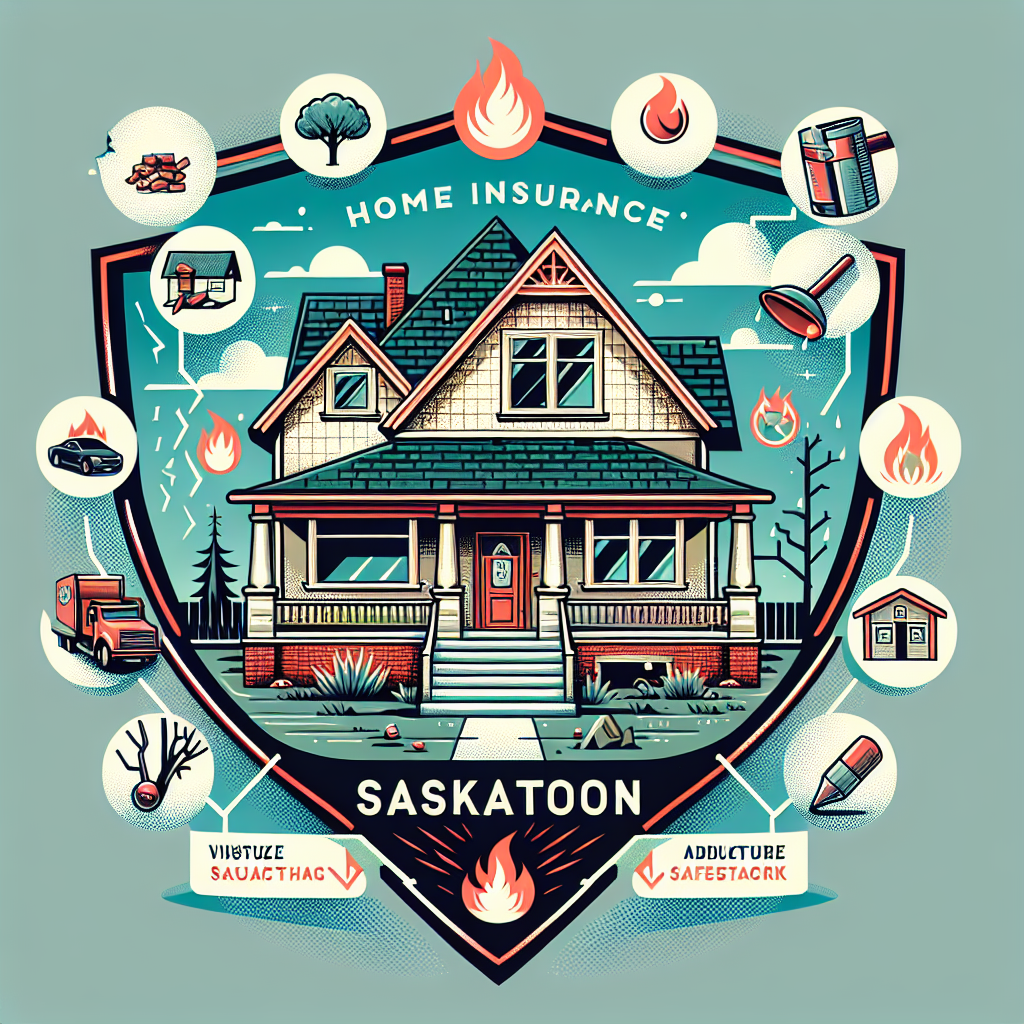Filed under Home Insurance on
Understanding Home Insurance Coverage Essentials

Home insurance is a critical component of financial planning, yet many homeowners remain unaware of the essentials involved in securing a comprehensive policy. As a protective shield against unexpected calamities, understanding home insurance coverage can safeguard your significant investment and bring peace of mind. This guide will unravel the complexities of home insurance, providing you with insights to make informed decisions.
What is Home Insurance?
Home insurance, also known as homeowners insurance, is a form of property insurance that covers losses and damages to an individual's residence along with furnishings and other assets in the home. It often includes liability insurance for accidents that occur within the property or by the homeowner. While it’s not legally mandatory, having home insurance is often required by mortgage lenders to protect their financial interest in the property.
Understanding the Basics of Home Insurance Coverage
The primary keyword here is understanding home insurance coverage, as it encapsulates the main focus of our discussion. There are several tailored components within a home insurance policy:
1. Dwelling Coverage
At the heart of any home insurance policy is dwelling coverage, designed to repair or rebuild the physical structure of your home in the event of damage from covered perils like fire, wind, or hail. It’s imperative to ensure the coverage amount is adequate to rebuild your home entirely at current construction costs, not simply the purchase price or current market value.
2. Personal Property Coverage
This part of the policy protects your personal belongings like furniture, clothing, and electronics. It's vital to periodically take inventory of your possessions to ensure your coverage limits reflect their replacement costs. Personal property coverage often extends worldwide, ensuring your items are protected no matter where they are.
3. Liability Protection
Liability protection covers legal expenses and damages if a lawsuit is filed against you for property damage or bodily injury caused to others by you, your family, or pets. This coverage is a key aspect of understanding home insurance essentials, as it can prevent significant financial loss.
4. Additional Living Expenses (ALE)
ALE provides coverage for temporary living expenses if your home becomes uninhabitable due to a covered peril. This includes bills incurred for hotels, meals, and other associated costs. Understanding home insurance that includes ALE can be particularly beneficial in crisis situations.
Common Perils Covered by Home Insurance
Standard policies typically cover a range of perils, including:
- Fire and smoke damage
- Windstorms and hail
- Lightning strikes
- Theft and vandalism
- Water damage (from burst pipes)
Understanding which perils are covered under your home insurance policy is essential to ensure you are not caught off-guard by a lack of coverage. Always verify specific inclusions and exclusions with your insurer.
What’s Typically Not Covered?
To fully grasp home insurance coverage essentials, it’s important to know what isn’t covered. Common exclusions often involve natural disasters like floods and earthquakes, requiring separate policies or endorsements.
- Flood Insurance: Traditional home insurance does not cover flood damage. Homeowners in high-risk areas should consider federal programs like the National Flood Insurance Program.
- Earthquake Insurance: Specific endorsements or standalone policies for earthquake coverage are necessary in seismically active regions.
The Role of Deductibles
Deductibles are an integral component of understanding home insurance coverage. A deductible is the amount you pay out of pocket when filing a claim before the insurance company contributes. Choosing a higher deductible can lower your premium, but it also means more expense upfront in case of a claim.
How Insurance Premiums are Determined
Several factors influence the home insurance premium you pay:
- Location: Areas prone to natural disasters or with higher crime rates typically incur higher premiums.
- Home Features: The age, construction materials, and condition of your home affect pricing. Safety features like security systems can potentially lower premiums.
- Personal Factors: Credit score, claims history, and even occupancy status play roles in determining rates.
Staying informed about these factors is a crucial element of understanding home insurance coverage and managing costs effectively.
Tips for Choosing the Right Home Insurance
- Assess Your Needs: Review the value of your home and possessions. Consider opting for replacement cost coverage rather than actual cash value to ensure full compensation.
- Compare Insurance Providers: Look for financially stable companies with excellent customer service and claims satisfaction records. Comparing multiple providers can lead to better rates and coverage.
- Discounts and Bundling: Inquire about possible discounts for installing safety features or bundling home insurance with other policies like auto insurance.
Trends in Home Insurance
Understanding home insurance coverage essentials also involves keeping an eye on emerging trends that shape policy landscape. Recent years have seen a push towards more personalized policies and digital solutions for managing insurance needs. Technology, like the use of smart home devices, can provide data for insurers to offer tailor-made coverage and premiums.
Increased environmental consciousness is leading to the availability of green rebuilding endorsements that support sustainable materials and practices after a loss, reflecting a growing trend among eco-conscious homeowners.
Conclusion
Navigating the world of home insurance can be complex, but is an essential part of protecting your home and financial future. By cultivating an understanding of home insurance coverage essentials, evaluating your risks, and comparing policy options, you are embarking upon an informed path to securing your home affordably and comprehensively.
Remember to review your policy periodically against life changes and valuations to maintain sufficient protection. Knowledge and proactive management of your home insurance can transform potential vulnerabilities into fortified defenses.





